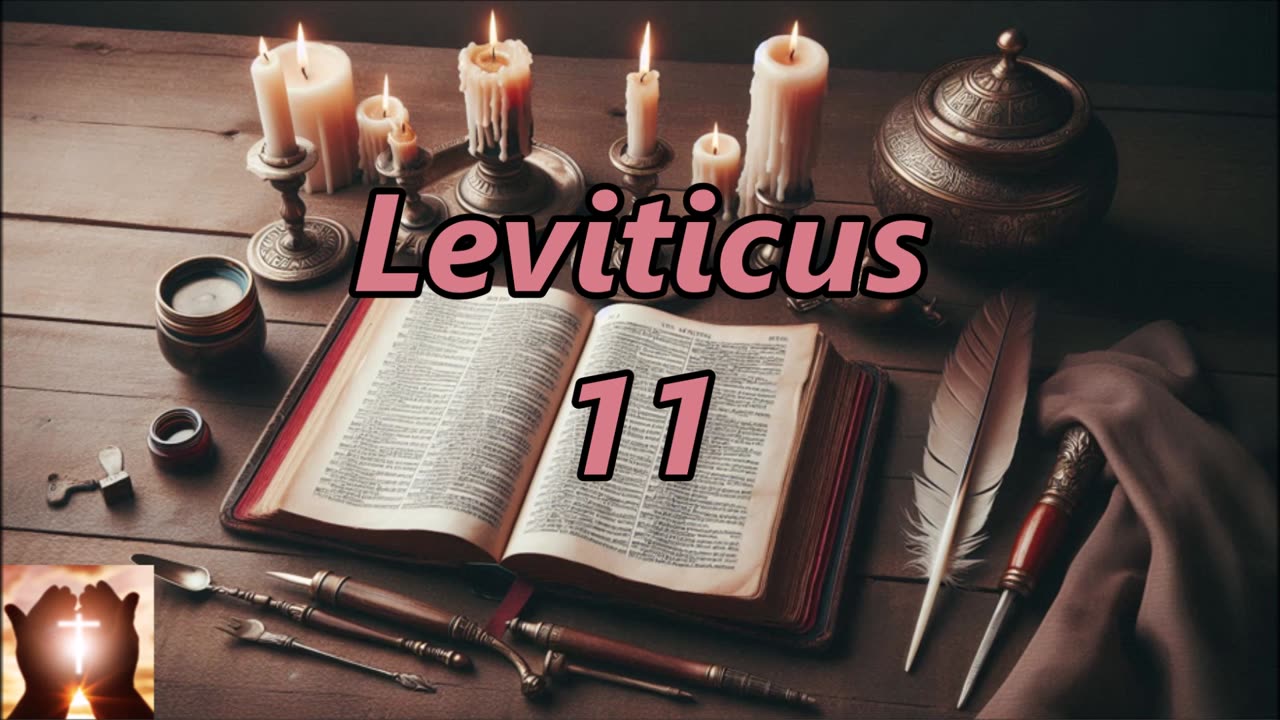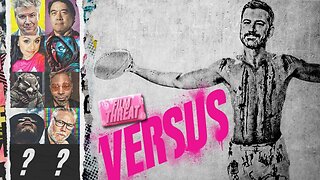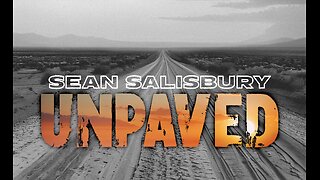Premium Only Content

Leviticus 11
Clean vs. Unclean Animals (vv. 1–23):
Land animals: Clean animals must have divided hooves and chew the cud (e.g., cows, sheep). Unclean animals include pigs, camels, and rabbits.
Water animals: Must have fins and scales to be clean (e.g., fish). Shellfish and other sea creatures without these features are unclean.
Birds: Certain birds (e.g., eagles, vultures, owls) are unclean. Clean birds are not listed but understood by tradition.
Insects: Generally unclean, but locusts, crickets, and grasshoppers are exceptions.
Unclean Animals by Contact (vv. 24–40):
Touching the carcasses of unclean animals makes one ceremonially unclean.
Certain dead animals can defile objects and food, especially if they fall into containers or onto food.
Some exceptions are noted (e.g., running water can cleanse).
Creeping Things (vv. 41–43):
Reptiles and other crawling creatures are considered unclean and not to be eaten.
Purpose of the Laws (vv. 44–47):
The reason for these rules is holiness: "Be holy, for I am holy."
These laws teach Israel to distinguish between clean and unclean, setting them apart as God’s people.
Spiritual Lessons:
Holiness involves daily obedience and awareness of God's standards.
God is concerned not only with worship but with all aspects of life, including diet and health.
These laws also had practical health benefits, though their primary purpose was spiritual separation.
For Christians today, dietary laws are not binding (see Acts 10, Mark 7), but the call to holiness and discernment remains.
-
 LIVE
LIVE
The Trish Regan Show
49 minutes ago🚨 TRUMP SLAMS BONDI for Being TOO SLOW on Letitia James! UNLEASHES Lindsey Halligan
555 watching -
 LIVE
LIVE
StoneMountain64
3 hours agoHitting Max lvl in Arena Breakout Infinite
122 watching -
 LIVE
LIVE
Right Side Broadcasting Network
4 hours agoLIVE: Pres. Trump Makes Announcement on Significant Medical Findings for American Children - 9/22/25
11,257 watching -
 26:00
26:00
Stephen Gardner
1 hour ago🔥ALEX JONES BOMBSHELL: The BIGGEST MYSTERY in Charlie Kirk death EXPLAINED!
1.46K39 -
 LIVE
LIVE
The HotSeat
1 hour agoWhat's Next? Understanding What You Are Up Against.
854 watching -
 LIVE
LIVE
Film Threat
18 hours agoVERSUS: DISNEY DUMPS KIMMEL + HIM SPORTS HORROR | Film Threat Versus
86 watching -
 LIVE
LIVE
The Tom Renz Show
1 hour agoTrump, RFK & The Major Announcement - Autism?
254 watching -
 8:36
8:36
Dr. Nick Zyrowski
6 hours agoHow to Tighten Loose Skin Naturally (No Surgery Needed)
9.01K2 -
 1:17:34
1:17:34
Sean Unpaved
4 hours agoNFL Sunday Showdown: Browns' Brutal Blitz Best? Dart's Daring Debut Dawns, Bears Breakthrough!
40.2K -
 6:33
6:33
Tundra Tactical
4 hours ago $0.45 earnedStupid Gun Myths & Questions Ep. 1 🛑NEW SERIES!!🛑
5.32K1